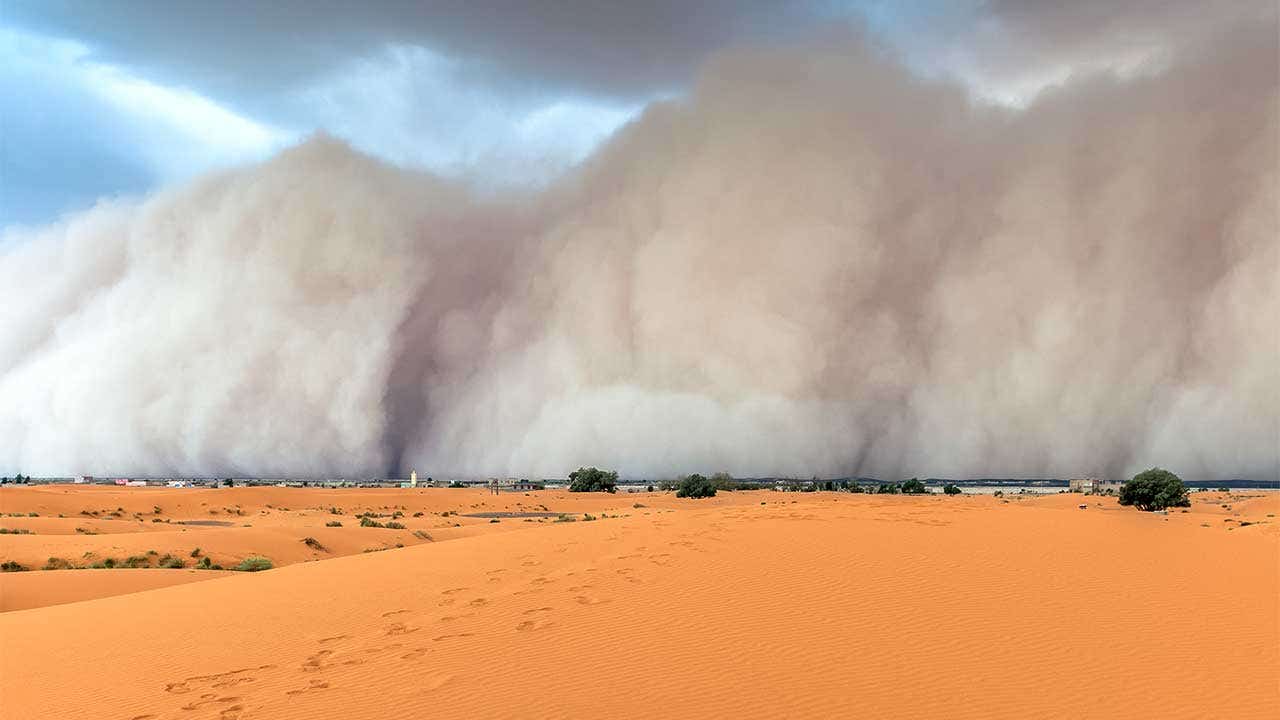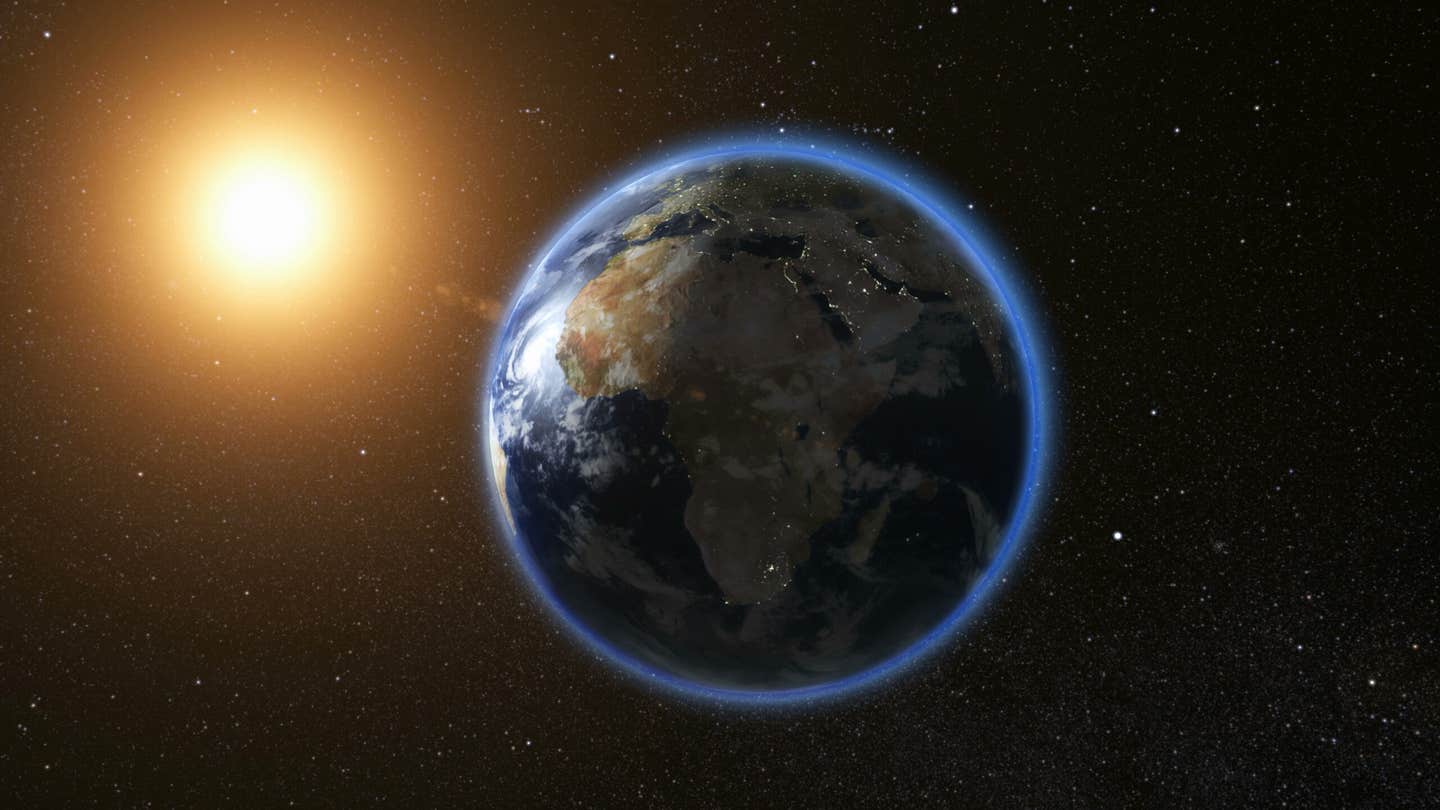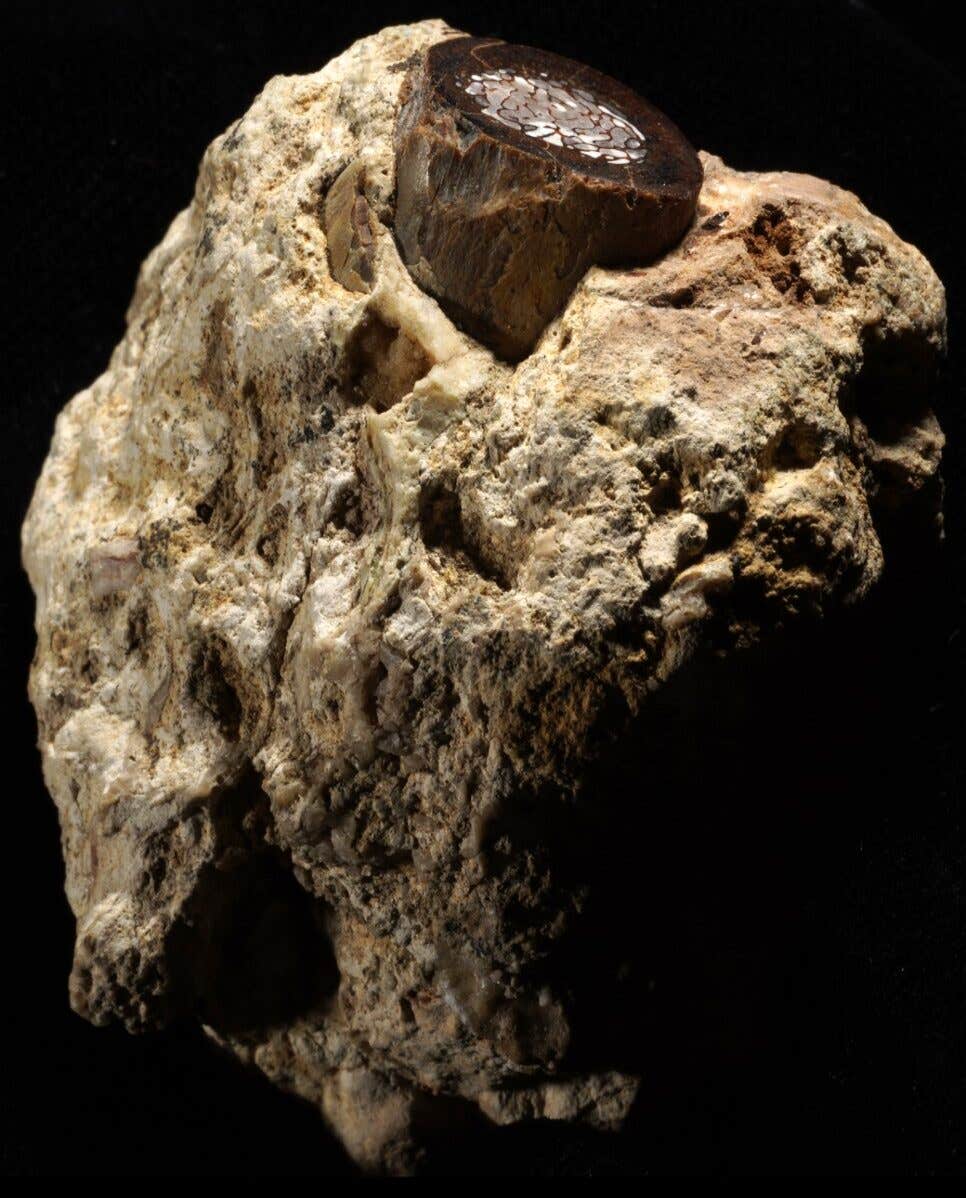The Sahara Desert is triggering ice clouds in the Northern Hemisphere
Research findings show a clear and powerful link between mineral dust and clouds in the Northern Hemisphere.

A groundbreaking study has confirmed a powerful link between particles from faraway deserts and the clouds above our heads. (CREDIT: iStock Photo)
A tiny particle of dust, lifted from a faraway desert, can travel thousands of miles on the wind. You would never see it. You would never feel it. Yet, new research shows this invisible traveler has a powerful job. It can reach high into the atmosphere and tell a cloud to freeze. This simple act changes the cloud’s brightness. It changes how it produces rain and snow. This subtle dance between dust and clouds has major effects on our weather and our planet's future climate.
For decades, scientists have worked to understand the complex life of clouds. Now, an international research team led by ETH Zurich has made a major breakthrough. They analyzed 35 years of satellite observations. Their findings show a clear and powerful link between mineral dust and clouds in the Northern Hemisphere. This work gives climate scientists a crucial new tool. It helps them build more accurate projections of our world.
The study solves a long-standing puzzle about what happens inside some of our planet's most common clouds. This new clarity helps reduce one of the biggest uncertainties in modern climate science.
The Icy Mystery in the Sky
When you look up at a cloud on a chilly day, what do you see? You might think it is just a puff of water vapor. But clouds are complex structures. They are made of countless tiny liquid water droplets or ice crystals. In a strange quirk of physics, water does not always freeze at zero degrees Celsius (32°F). In the purity of the upper atmosphere, water droplets can remain liquid at temperatures far below freezing. Scientists call this "supercooled" water.
Clouds that contain both supercooled water and ice are called mixed-phase clouds. They are extremely common in the mid- to high-latitudes. You see them often over places like the North Atlantic, Siberia, and Canada. These clouds are sensitive and can be changed by the smallest things. The most important change comes from tiny particles that act as seeds for ice. These are known as ice-nucleating particles. The most common source of these particles is desert dust.
The research team, led by Post-doctoral researcher Diego Villanueva, studied these specific clouds. They wanted to see if the amount of dust in the air affected whether the clouds had liquid or frozen tops. “We found that where there’s more dust, clouds are much more likely to freeze at the top,” explains Villanueva. “This has a direct impact on how much sunlight is reflected back into space and how much precipitation is generated.”
Related Stories
- Earth’s atmosphere is getting thirstier—and that spells trouble
- Rivers release ancient carbon dioxide into the atmosphere - reshaping climate science
- Scientists harness cloud engineering as a powerful solution to global warming
How Desert Dust and Cloud Freezing Are Linked
The connection is surprisingly direct. Imagine a supercooled cloud droplet, shivering in the cold air. It needs a reason to finally turn into ice. A particle of desert dust and cloud freezing provides that reason. The surface of the dust particle gives the water molecules a structure to latch onto. This kickstarts the freezing process. More dust in the air means more opportunities for droplets to turn into ice crystals.
The researchers compared satellite maps of dust levels with maps of cloud-top ice. They found a pattern that was remarkably consistent over 35 years. The more dust there was, the more frequently clouds had icy tops. This was especially true at temperatures between −15° and −30°C.
What made the finding even stronger was how well it matched lab results. For years, scientists have studied how dust triggers freezing in controlled lab experiments. This new study confirms those small-scale results on a massive, global scale.
“This is one of the first studies to show that satellite measurements of cloud composition match what we’ve known from lab work,” says Ulrike Lohmann, a senior co-author and Professor of Atmospheric Physics at ETH Zurich. It is a powerful validation that connects tiny, microscopic processes to hemisphere-spanning climate patterns. This link between desert dust and cloud freezing is no longer just a theory. It is an observed reality.
A Breakthrough for Climate Models
So, why does it matter if a cloud top is liquid or ice? The answer is critical for understanding climate change. A cloud with a top made of small, liquid droplets is very bright. It acts like a mirror, reflecting a lot of sunlight back into space. This has a cooling effect on the Earth. When those droplets freeze, they turn into larger, sparser ice crystals. An icy cloud is more transparent. It reflects less sunlight, allowing more of the sun’s energy to reach and warm the surface.
This change is known as the cloud-phase climate feedback. It is one of the biggest sources of uncertainty in climate models. If you don't know how easily clouds will freeze, you can't be sure how much warming to expect. This knowledge gap is not just an academic problem. It contributes to global economic losses because it makes it harder to plan for the future.
The new findings provide a solid benchmark. They create a measurable, real-world relationship between dust and cloud ice. Climate models can now be tested against this benchmark. Models that correctly show the influence of desert dust and cloud freezing will be considered more reliable. “It helps identify one of the most uncertain pieces of the climate puzzle,” says Villanueva.
From the Lab to the Global Stage
This research bridges a huge gap in atmospheric science. It connects the nanometer-scale details of a dust particle's surface to the kilometer-scale behavior of entire cloud systems seen from space. Once an ice crystal forms inside a cloud, it grows very quickly. It essentially steals water vapor from the surrounding liquid droplets, causing them to evaporate. This process is responsible for the rapid glaciation of clouds and is a key step in forming precipitation like snow.
However, the picture is not the same everywhere. The team notes that the dust-ice link is strongest in the Northern Hemisphere. In desert regions like the Sahara, there are fewer clouds to begin with. The strong upward movement of hot air can also suppress freezing. In the Southern Hemisphere, which has far less land and desert area, aerosols from the ocean may play a more important role than dust.
More research is needed to understand how other factors, like air humidity or the strength of updrafts, fit into the puzzle. For now, however, the main signal is crystal clear. Tiny grains of dust from distant deserts are helping to shape the clouds directly above your head. In doing so, they are also shaping the future of our climate.
Research findings are available online in the journal Science.
Note: The article above provided above by The Brighter Side of News.
Like these kind of feel good stories? Get The Brighter Side of News' newsletter.



